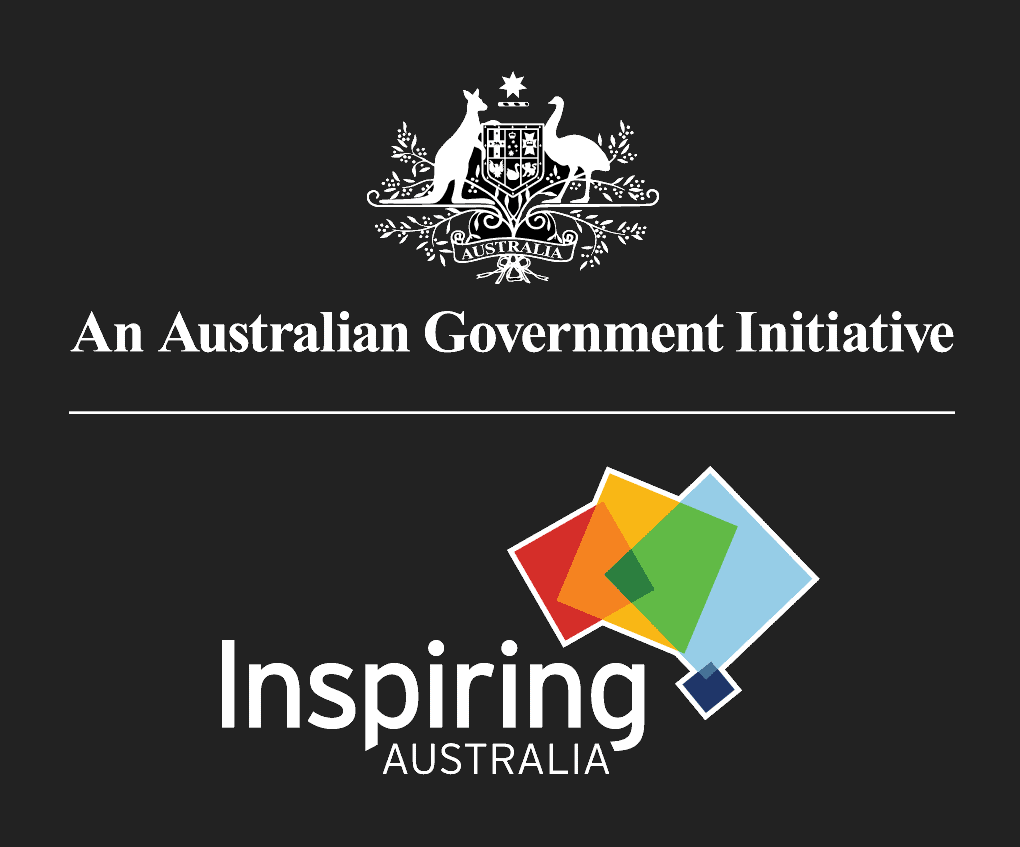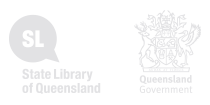When
Tuesday 4th Feb, 2:15 pm
Where
Room B1
Hashtag
#T18
Category
Insight
Presenter
Vicki Martin
Abstract
The effectiveness of science communication strategies can be improved through better understanding of the audience (Stern, 2011). This is often difficult for those charged with communicating science due to a lack of time, resources or expertise, resulting in ad hoc, untargeted communication (Nisbet & Scheufele, 2009). However, greater collaboration with the social sciences can help science communicators draw from research in this area to understand how people interpret and act upon scientific information.
Social scientists use theories of human behaviour to understand factors that influence behaviour. We can apply these theories to investigate the factors contributing to the target audiences’ motivation to engage with science – or not. The Theory of Planned Behaviour (Ajzen, 1991) is the most widely applied methodological framework which identifies the beliefs, attitudes and intentions that lead to behaviour. Many other fields have used this theory to conduct audience studies for the development of persuasive communication strategies, but so far very few applications of the theory exist in science communication. This paper discusses the application of the theory to science communication and how such in-depth audience research can be used to better understand psychological mechanisms that are important to communication processes. By embracing social research, science communicators will be in a better position to develop communication strategies which enhance engagement with their intended audiences.











z